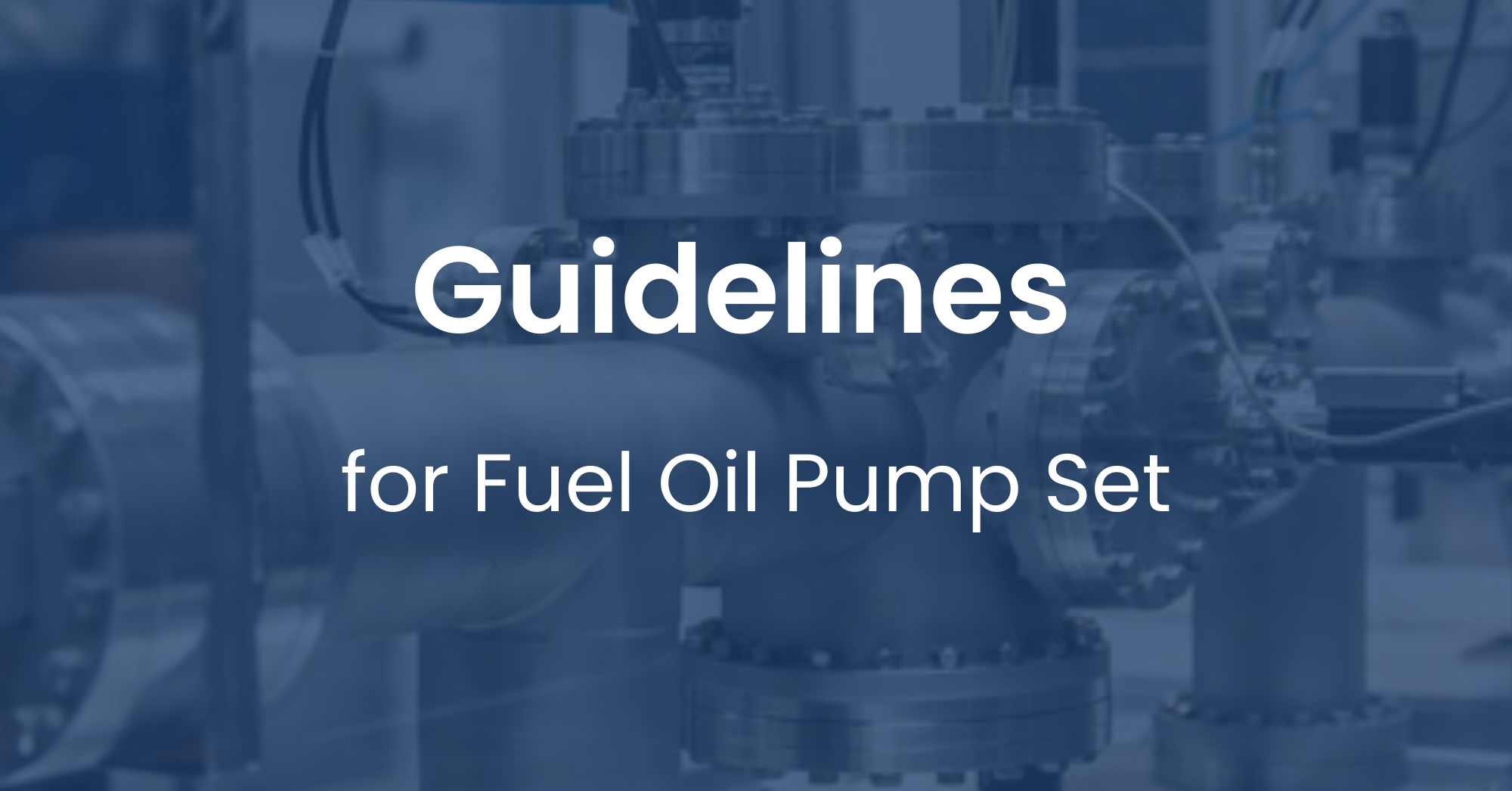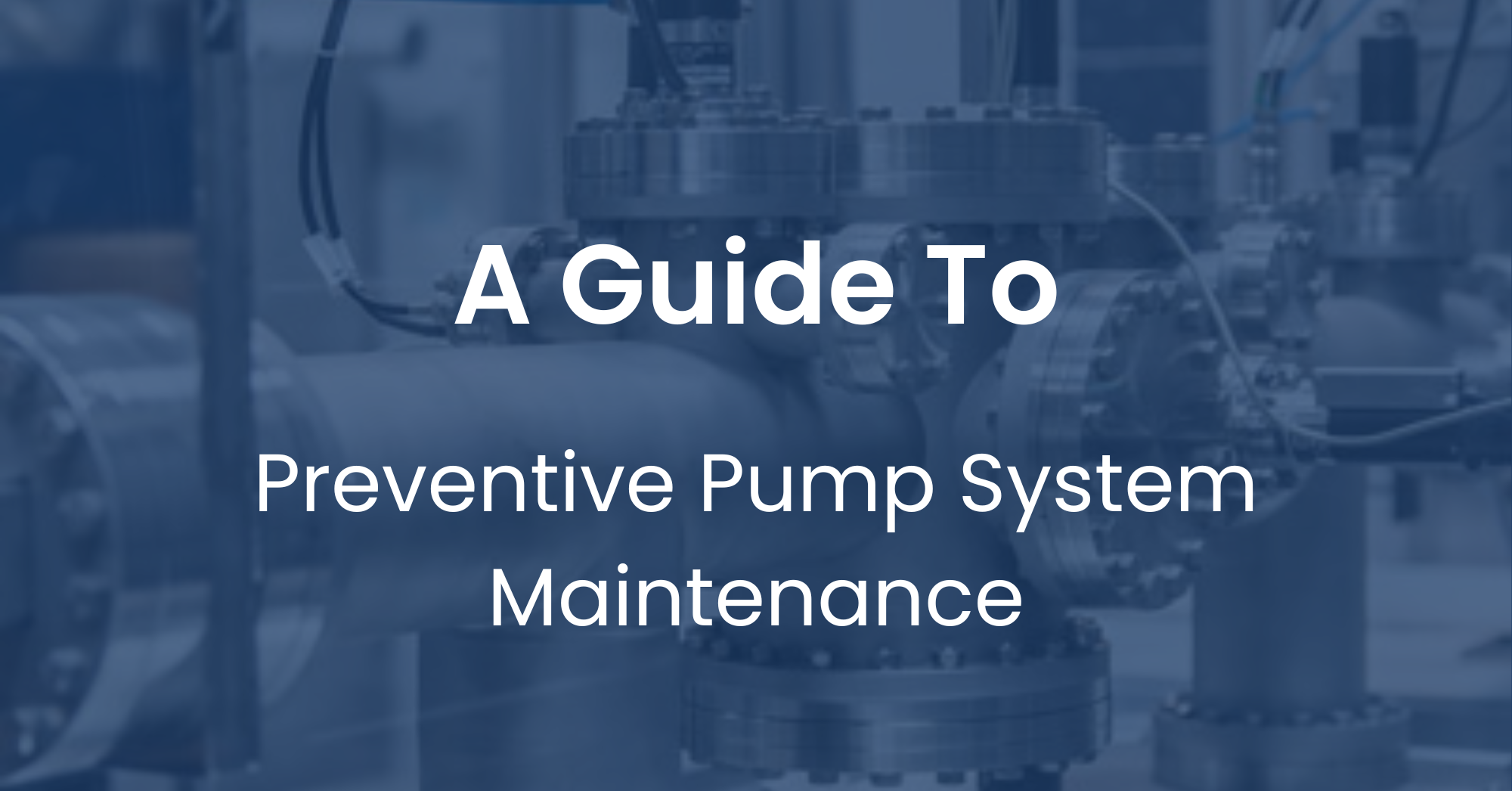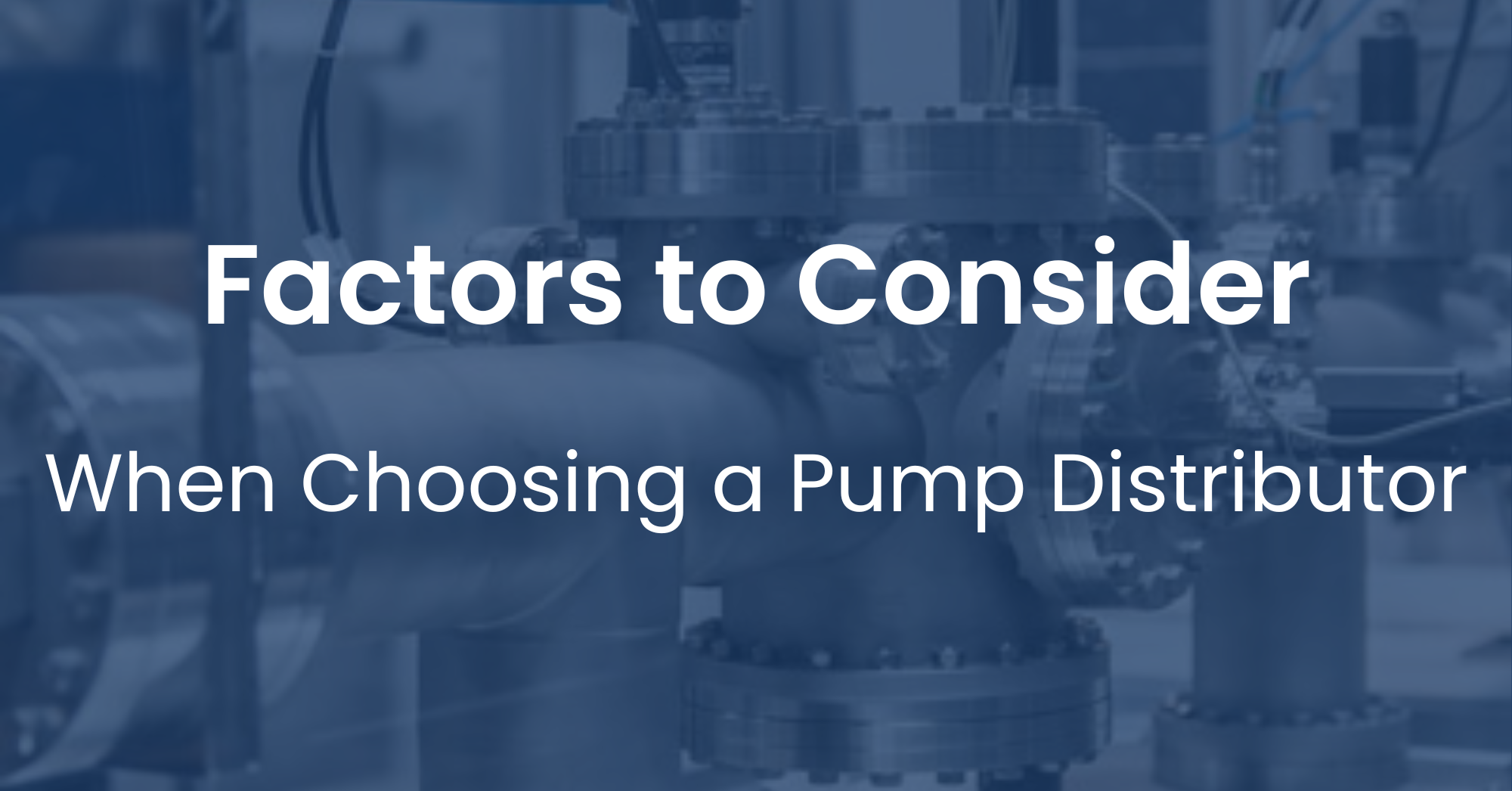How Industrial Sump Pump Systems Work
In simple terms, a sump pump is just one used to remove water accumulated in a localized depression known as a “sump.” While sump pumps are often found in residential basements in places prone to flooding or high water tables, industrial sump pump systems can be found in places like construction sites, military bases, mining operations, power plants, and other facilities where water accumulation can cause problems. They are also used when extracting water from aquifers for municipal water plants to keep the ground above it stable. Industrial sump pumps help provide solutions for handling water in areas where it’s not wanted for numerous other industries as well. Due to their widespread use in many applications, understanding how industrial sump pumps operate is useful knowledge for workers and managers in the industries that utilize them.




-2.png)

.png)
.png)
.png)
.png)
-1.png)

.png)
